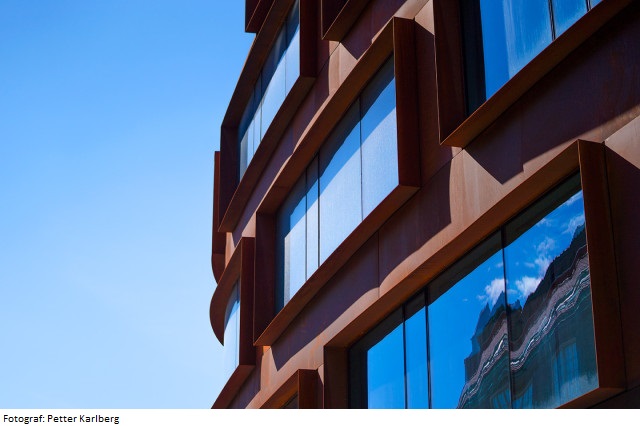Based on recommendation from KTH’s coordinator for disabilities, the examiner will decide how to adapt an examination for students with documented disability.
The examiner may apply another examination format when re-examining individual students.
If the course is discontinued, students may request to be examined during the following two academic years.
General:
Learning outcome objectives are tested in design projects throughout the entireundergraduateprogram through students’ presentation of their process and results in assignments specified at the start of each course. To pass a course, students must also complete all assignments and have at least an 80% atendance at lectures, seminars, teaching opportunities, and assignment reviews.
Whether each student has fulfilled the learning objectives is determined by the examiner in conference with other faculty. They evaluate the student’s performance based on the following three parameters:
1. The student’s working process, project development, and questioning, and his or her documentation of these.
2. The student’s ability and skill to satisfactorily use and handle relevant representational forms and techniques and other design tools based on lectures, assignments, and learning objectives.
3. The student’s final presentation, the project’s qualities and possibilities, based on the student’s architectural and artistic exploration.
4. A reflection on the individual learning process must be handed in.
Special regulations for completion apply. The rules for completion can be found on the programme web.
